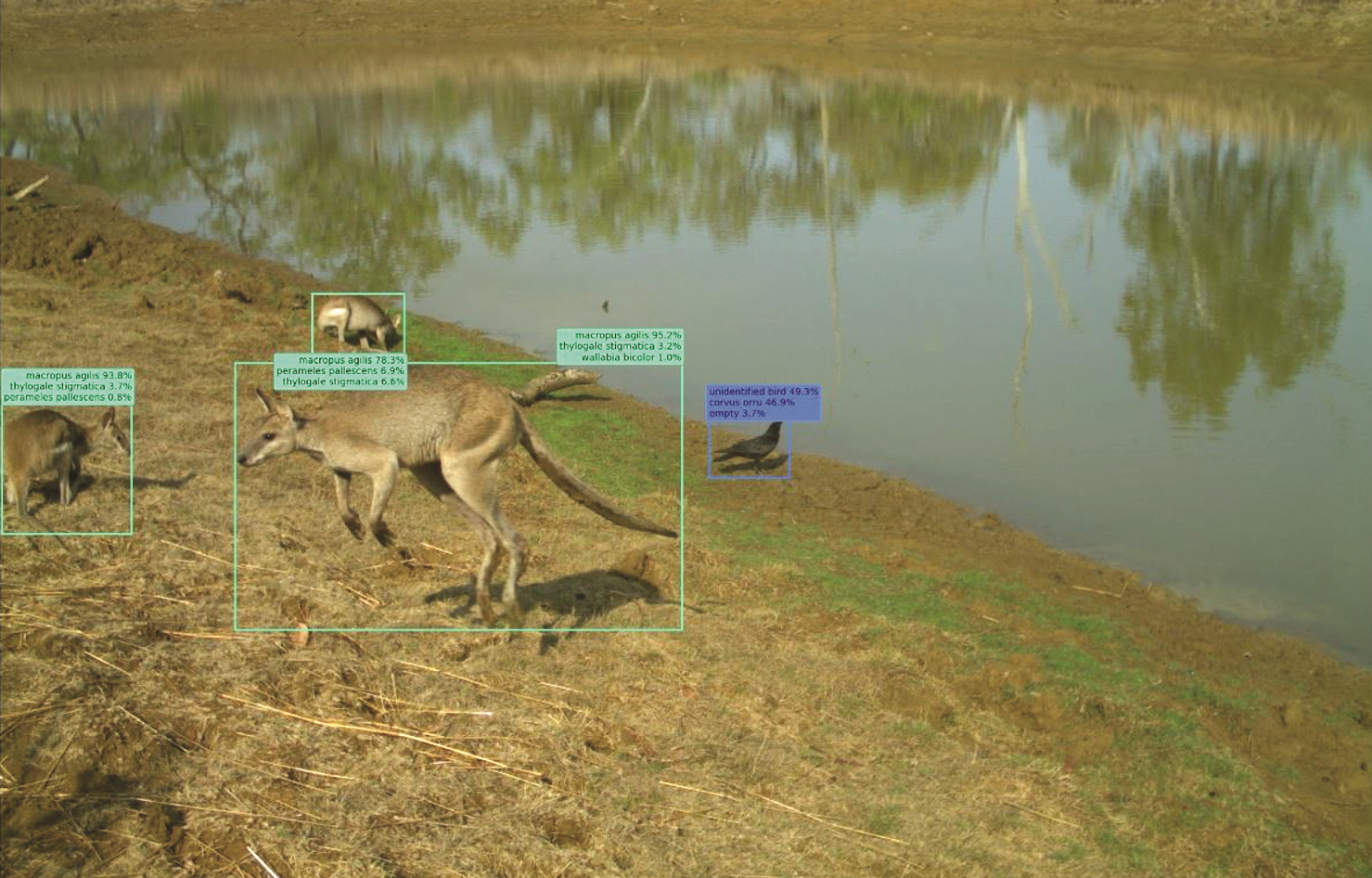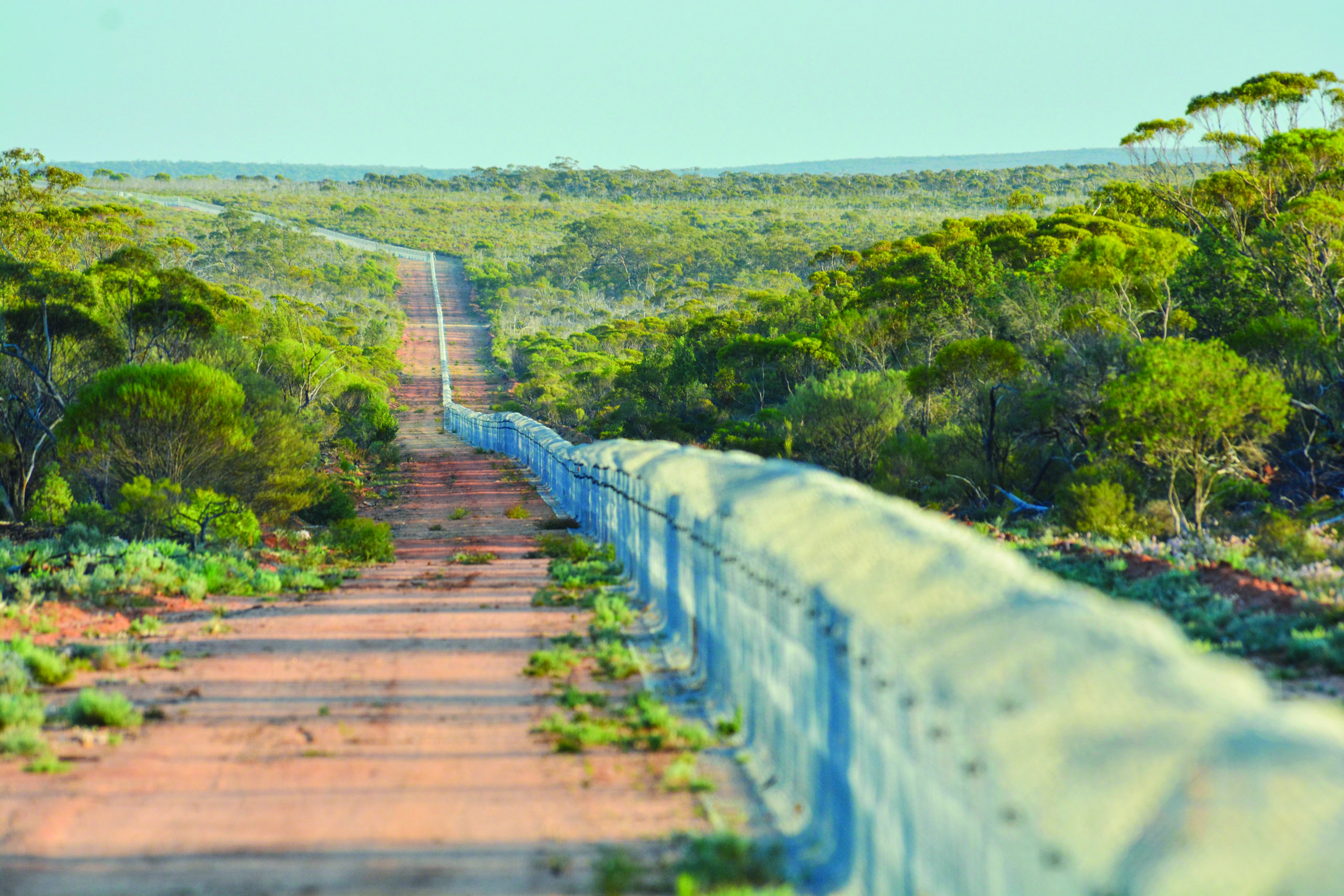By Damien Kerr, Chief Information Technology Officer
AWC is committed to delivering world-class science and conservation land management. Across the organisation and the 31 properties we own, manage or work in partnership on, AWC is investing in the development of cutting-edge technology solutions to increase our efficiency and effectiveness in monitoring native wildlife populations, in feral animal control and in maintaining our extensive network of feral predator-free fenced areas, all with the objective of delivering better conservation outcomes for Australian Wildlife.
The efficiencies gained by utilising technology can increase the number of sensors that can be deployed in a field campaign, by decreasing the many hours ecologists spend on manual data processing. As you will have read in the previous issue of Wildlife Matters, AWC is harnessing the power of Artificial Intelligence to increase camera trap processing efficiency. To date, AWC’s AI program can successfully identify the presence (or absence) of an animal in an image, dealing with the problem of ‘false positives’ (cameras triggered by moving vegetation, for example). In 2020, this ‘mega-detector’ model was used to process 4.52 million images. So far, AI training has focused on large image sets from our North-East sanctuaries, but in 2021 we will expand this to include more species from all regions. This training is time-intensive, but the results are very promising – in the current version of the species classifier we can detect 29 target species with accuracies approaching 90-95 per cent. This is a process of continual improvement in the image set used for training and the number of species included in the model.
 AWC
AWC
Raquel Parker, an AWC Ecologist who has had the opportunity to work with AI camera trap processing, is grateful for the efficiencies afforded by AI technology.
“As ecologists, we rely heavily on remote camera traps to monitor wild species,” says Raquel. “Machine Learning has sped up the process of sorting through large data sets, which means we can spend more time in the field. We are working towards training the program to classify detections to genus or even species level.”
AWC is researching opportunities offered by IoT devices (the Internet of Things) to create a Gate and Fence Monitoring Program, seeking efficiencies in monitoring sanctuary assets. At present, land managers monitor and inspect fence condition by traversing up to 44 kilometres of fence line every second day. It’s a tedious task, but essential to ensure the sanctuary is not compromised by fence damage from falling trees or battling Kangaroos that could facilitate incursions of feral predators.
Using a combination of GPS, vibration monitoring and acceleration, low-power and low-cost IoT devices can monitor the condition of the fence line and movements of fence gates 24/7. Deploying such devices could help maintain the integrity of the fence while reducing manual labour. As part of phase one trials, a number of devices have been deployed in the field for 18 months, relaying a monitoring message to AWC Head Office whenever the fence gate opens and closes. Since deployment of a trial device with three AA batteries at Mt Gibson, over 2,500 messages have been received during 2020. The next stage involves expanding the use of IoT devices to span the entire fence perimeter. In the future, other possibilities include deploying drones or all terrain vehicles (think pared-back Mars rover) to inspect the fence line or gather telemetry data from radio-collared animals.
 W Lawler/AWC
W Lawler/AWC
Imagine a piece of technology with the ability to identify a species by the way it hops or a trap that can immediately identify an animal in the field and respond accordingly. In this vein, AWC is investigating ‘AI on the Edge’. This involves taking our AI detection models and deploying them in the field, loaded on a stand-alone computer device that is attached to a trap or camera trap. AI on the Edge could potentially enable the ‘recognition’ of a species in near real time, allowing a camera trap to only photograph target species and ignore non-targets, or a cage-trap to respond and alert an ecologist to approaching or caught fauna.
As our knowledge of novel technologies increases, so too does our effectiveness in the field and the benefits we are able to generate for biodiversity. In 2021 and beyond, investments in technology will remain a high strategic priority for AWC.
Read and download this full issue of Wildlife Matters here.
Donate to help save Australia’s threatened wildlife and wild places